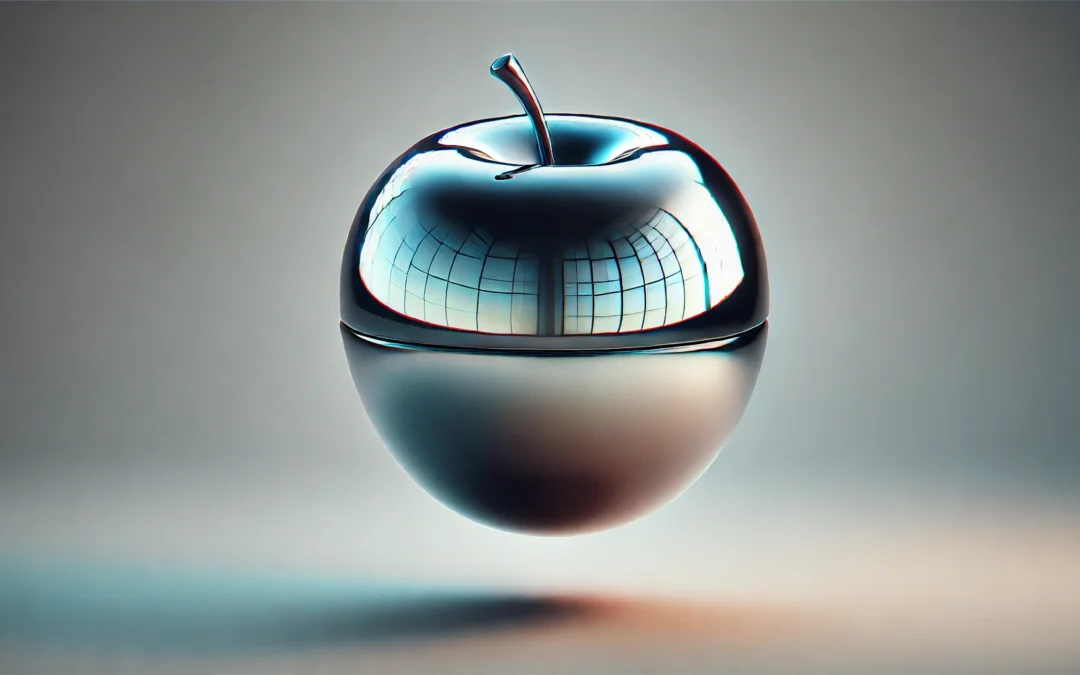Have you ever found yourself scrolling through social media and catching a glimpse of a vacation photo that looks too perfect to be real? This is a common experience in our modern lives, where the lines between reality and fantasy often blur. This phenomenon is known as hyperreality, where what we perceive is a mix of the real and the artificial, crafted to seem more real than reality itself. From theme parks that transport us to fantastical worlds to video games that immerse us in lifelike adventures, hyperreality is all around us, shaping how we see the world.
Hyperreality isn’t just about entertainment; it affects our everyday experiences and perceptions. Think about how advertisements use digital enhancements to present products in an idealized way, or how virtual reality can make us feel like we’re somewhere else entirely. This blending of the real and the artificial can change our expectations and experiences, making it important to understand how it influences us. In this article, we’ll explore 20 fascinating examples of hyperreality that showcase just how deeply embedded this concept is in our lives.
Understanding Hyperreality
Hyperreality is a concept in philosophy and critical theory, particularly associated with the work of French sociologist Jean Baudrillard. It refers to the condition in which what is real and what is fiction are seamlessly blended together, creating a new reality where it is difficult to distinguish between the two. In hyperreality, representations of things become more significant than the things themselves, leading to a world where the line between reality and simulation is blurred.
In today’s media-saturated society, hyperreality manifests through the pervasive influence of television, the internet, and social media, where images, simulations, and virtual realities often take precedence over direct experiences. For example, theme parks, virtual reality games, and even social media platforms can create hyperreal environments where experiences are curated and controlled to feel more ‘real’ than reality itself.
Baudrillard suggested that in hyperreality, signs and symbols of culture and media become more important than what they represent. This phenomenon can be seen in how brands create identities that people associate with lifestyles or emotions, often overshadowing the actual product.
Hyperreality challenges our perceptions and questions the nature of reality, urging us to consider how much of our experience is mediated through artificial constructs. Understanding hyperreality is crucial in today’s digital age, as it helps us navigate a world where reality is increasingly constructed by media and technology.
The Best Examples of Hyperreality
Hyperreality is a concept where the line between reality and a simulated version of it becomes blurred. Here are twenty examples that help illustrate this intriguing phenomenon.
1. Disneyland
Disneyland is a perfect example of hyperreality. It creates an environment where visitors can experience a version of reality that is more appealing than the real world. The park is filled with meticulously crafted attractions that make fairy tales and fictional stories come to life, offering an experience that feels more “real” than reality itself.
2. Las Vegas Casinos
Las Vegas casinos are designed to create a hyperreal experience. The bright lights, themed interiors, and absence of clocks create a timeless space that encourages visitors to lose themselves in the moment. These elements make the experience more intense and engaging than typical everyday life, blurring the lines between reality and fantasy.
3. Social Media Filters
Social media platforms offer filters that enhance or alter personal images, creating a hyperreal version of oneself. These filters can smooth skin, change facial features, or add virtual elements, presenting an idealized version that may feel more authentic than the unfiltered reality.
4. Virtual Reality (VR) Experiences
Virtual reality technology provides users with immersive experiences that mimic real-life environments. Whether it’s exploring a digital world or simulating a real-world scenario, VR blurs the boundary between what is real and what is simulated, offering users a hyperreal experience that can feel incredibly real.
5. Reality TV Shows
Reality TV often presents a hyperreal version of everyday life. Although labeled as “reality,” these shows are heavily edited and sometimes scripted to enhance drama and entertainment value. This creates a version of reality that is more engaging and sensational than actual life.
6. Theme Restaurants
Theme restaurants, such as those designed to look like medieval castles or tropical islands, offer diners a hyperreal dining experience. The decor, costumes, and themed menus transport guests to a different time or place, creating an exaggerated version of reality that enhances the dining experience.
7. Advertising
Advertising often employs hyperreal techniques to sell products. Advertisements show idealized lifestyles and perfect scenarios that aren’t entirely reflective of reality. This creates a heightened sense of desirability and aspiration, making the product seem more appealing than it might be in ordinary circumstances.
8. Video Games
Modern video games offer players hyperreal experiences by creating detailed virtual worlds with complex narratives. Players can engage in activities and adventures that are impossible in real life, providing an experience that can feel more engaging and rewarding than reality.
9. Shopping Malls
Shopping malls can create a hyperreal environment by offering a controlled and idealized shopping experience. With their intricate layouts, ambient music, and climate-controlled spaces, malls provide a sense of comfort and endless possibility that can feel more appealing than shopping in a typical outdoor market.
10. Augmented Reality (AR)
Augmented reality overlays digital information onto the real world, creating a hyperreal experience. Apps and devices that use AR technology can enhance real-world environments with additional digital content, making the ordinary appear extraordinary and blurring the lines between what is real and what is digitally enhanced.
11. Digital Art Installations
Digital art installations often provide hyperreal experiences by using technology to create immersive environments. These installations can transform a simple gallery space into a fantastical world, complete with interactive elements and digital projections. Visitors might find themselves questioning the boundary between the physical and digital worlds as they engage with art that seems to come alive.
12. Celebrity Persona
The public personas of celebrities often exemplify hyperreality. Through social media, interviews, and public appearances, celebrities construct an image that may only partially reflect their true selves. This curated version is often more glamorous and intriguing, creating a hyperreal identity that fans relate to and engage with, sometimes more deeply than with people in their own lives.
13. Architectural Illusions
Certain buildings and structures use architectural techniques to create hyperreal illusions. For instance, a building might appear to defy gravity or perspective through clever design, making it seem more like a piece of optical art than a functional structure. This challenges perceptions of space and reality, making everyday environments feel extraordinary.
14. Photorealistic CGI in Film
Photorealistic computer-generated imagery (CGI) in films creates hyperreal experiences by rendering scenes and characters with such detail that they appear almost indistinguishable from real life. This technology allows filmmakers to blend the fantastical with the real, producing visuals that captivate audiences by making the impossible seem possible.
15. Historical Reenactments
Historical reenactments offer a hyperreal interpretation of past events. Participants dress in period costumes and recreate historical moments with great attention to detail, sometimes even altering elements to enhance the narrative. This creates an experience that feels more vivid and engaging than reading about history in a textbook, blurring the line between past and present.
16. Branded Environments
Some companies design branded environments that offer hyperreal experiences. Flagship stores, for example, might transform shopping into an adventure, with intricate designs and interactive displays that extend beyond mere commerce. These spaces are crafted to evoke emotions and create memories, making the brand experience feel more significant than a simple transaction.
17. Synthetic Food Products
The development of synthetic food products, such as plant-based meat substitutes, presents a hyperreal culinary experience. These products are engineered to mimic the taste, texture, and appearance of real meat so closely that they blur the line between plant and animal, offering a dining experience that challenges traditional notions of food.
18. Simulated Natural Environments
Indoor spaces, such as botanical gardens or aquariums, often simulate natural environments to create hyperreal experiences. These controlled settings replicate the beauty and diversity of nature, allowing people to experience ecosystems that might be inaccessible in the wild. This can make nature feel more accessible and pristine than it might be in reality.
19. Digital Influencers
Digital influencers, particularly those who are entirely virtual, represent a new form of hyperreality. These computer-generated personas interact with real people on social media, gaining followers and influencing trends. They blur the line between the virtual and the real, as they engage with audiences in ways that feel as genuine as interactions with human influencers. Examples of such influencers include Lil Miquela, Shudu Gram, and Imma. These virtual personalities have gained massive followings on platforms like Instagram. They work with well-known brands, appear in fashion campaigns, and even spark conversations with their fans.
20. Simulated Travel Experiences
Simulated travel experiences offer hyperreal adventures without leaving home. Platforms that provide virtual tours of cities, landmarks, and natural wonders allow users to “visit” places with a level of detail and engagement that rivals actual travel. This creates a sense of exploration and discovery that can feel as fulfilling as physically being there.
Allegory of the Cave and Hyperreality: What Is Real?
Plato’s Allegory of the Cave offers a timeless perspective on how humans perceive reality. In the story, prisoners are chained in a dark cave, facing a blank wall. They see only shadows projected on the wall, cast by objects they cannot see. To the prisoners, these shadows are their reality – they know nothing else.
One day, a prisoner escapes and discovers the world outside the cave. He realizes the shadows were just illusions, far removed from the true forms of things. When he returns to the cave to tell the others, they reject his account. To them, the shadows are more real than anything he describes.
The Connection to Hyperreality
Hyperreality, a concept popularized by philosopher Jean Baudrillard, is about how modern humans often confuse simulations for reality. This is strikingly similar to Plato’s cave. Just as the prisoners mistook shadows for reality, today we often accept artificial representations as truth.
Think of advertisements, social media, and virtual influencers. These can shape our perceptions of beauty, success, and happiness. The polished versions of life we see online may be far removed from the messy, imperfect reality of human experience. Yet, for many, these curated images become their “truth,” much like the shadows in the cave.
How We See – and Fail to See
The Allegory of the Cave reminds us how hard it is to recognize illusions. It’s comfortable to believe what we already know, even if it’s not entirely real. When someone challenges our understanding, it can feel unsettling or even threatening. This is why the escaped prisoner in Plato’s story struggled to convince the others of the truth.
In the same way, hyperreality challenges us to question what we accept as real. Are we seeing life as it is, or only the version created for us? For example, a virtual influencer like Lil Miquela might feel as authentic as a real person. But she’s a carefully constructed simulation. Does it matter if she isn’t real? For many, the emotional connection is enough.
Why It Matters
The Allegory of the Cave teaches us to stay curious and skeptical. Hyperreality shows how easy it is to lose touch with what’s real. Together, they ask us to think about how we see the world – and how much of that world is shaped by illusions. In a time when it’s hard to separate fact from fiction, this lesson feels more important than ever.
By questioning what we see and what we believe, we can start to understand the difference between real and not real. Plato’s cave reminds us that stepping into the light isn’t easy, but it’s worth it.
The Influence of Technology on Perception
Technology has dramatically reshaped how we perceive reality, often blurring the lines between what is real and what is artificially constructed. Devices like smartphones and virtual reality headsets allow us to experience worlds that feel as tangible as our physical surroundings. Consider how augmented reality (AR) apps overlay digital information on our view of the real world. This blending of digital data with physical environments can alter our perception, making the virtual feel like an extension of the real.
Social media platforms also play a significant role in shaping our perceptions. Through filters and curated content, they present a version of the world that often skews reality. This can lead to distorted views about what life should look like, impacting everything from self-image to societal expectations. The algorithms behind these platforms are designed to keep us engaged, often by showing us content that aligns with our interests or beliefs. While this can create a personalized experience, it can also trap us in echo chambers, limiting our exposure to diverse perspectives.
Moreover, the rise of artificial intelligence (AI) has introduced new dimensions to our perception. AI can generate realistic images and videos that are indistinguishable from real footage, challenging our ability to tell the difference between authentic and fabricated content. As AI continues to evolve, it will further complicate our understanding of reality, making it increasingly important to develop critical thinking skills and media literacy.
To navigate this complex landscape, it’s essential to remain aware of how technology influences our perception. By questioning the authenticity of the content we consume and seeking out diverse viewpoints, we can better understand the world around us and make informed decisions. Technology offers incredible possibilities, but it also requires us to be vigilant about how it shapes our understanding of reality.
Understanding the Concept of Hyperreality in Modern Culture
Hyperreality is a term that describes a condition where what is real and what is fiction are seamlessly blended together. This concept, introduced by French sociologist Jean Baudrillard, suggests that in a hyperreal environment, individuals can no longer distinguish between reality and a simulated version of it. In modern culture, this is evident in how media and technology create experiences that feel more real than reality itself. For instance, video games and virtual reality offer immersive experiences that can be more engaging and emotionally resonant than everyday life. Similarly, social media platforms can create hyperreal personas, where individuals present idealized versions of themselves that blur the lines between their actual lives and their online presence. This blending of reality and simulation affects how people perceive the world, potentially altering their understanding of truth, authenticity, and existence itself.
Impact of Hyperreality on Consumer Behavior
Hyperreality significantly influences how people shop. With the rise of virtual and augmented reality, consumers often find themselves engaging with products in digital spaces before ever seeing them in real life. This shift changes the way people perceive value and quality. For example, a virtual try-on of clothing can affect a buyer’s decision even more than a physical fitting. The sensory experience offered by hyperreal environments can lead to increased impulse buying. It’s fascinating how a virtual experience can feel so real that it influences spending habits.
Companies are capitalizing on this trend. They create immersive ads and virtual showrooms that captivate consumers. The blending of digital and physical experiences blurs the lines of reality, making it easier for brands to connect with their audience on a deeper level. This connection often leads to a stronger brand loyalty, as consumers feel more engaged and understood. Such strategies are becoming essential for businesses aiming to thrive in a competitive market. The potential for hyperreality to redefine consumer behavior is huge.
Psychological Effects of Living in Hyperreal Environments
Living in a world where reality is often indistinguishable from its simulations has profound psychological effects. People may struggle with distinguishing what is real from what is not. This can lead to confusion and even anxiety. When experiences are constantly mediated by screens and digital interfaces, individuals might find it challenging to connect with the physical world. This disconnection can affect mental health, leading to feelings of isolation.
Moreover, the constant exposure to hyperreal environments can alter perceptions of self-worth and identity. Individuals often compare themselves to perfected, digital versions seen online, which can lead to dissatisfaction with their real lives. This phenomenon is particularly evident in social media platforms where hyperreal images and videos are the norm. The pressure to present an idealized version of oneself can be overwhelming. It’s important to find a balance between engaging with hyperreal environments and maintaining a grounded sense of reality. Understanding these psychological effects is crucial for navigating the complexities of modern life.
Read also: 20 Examples of Stability & Definition
The Most Popular on BitGlint
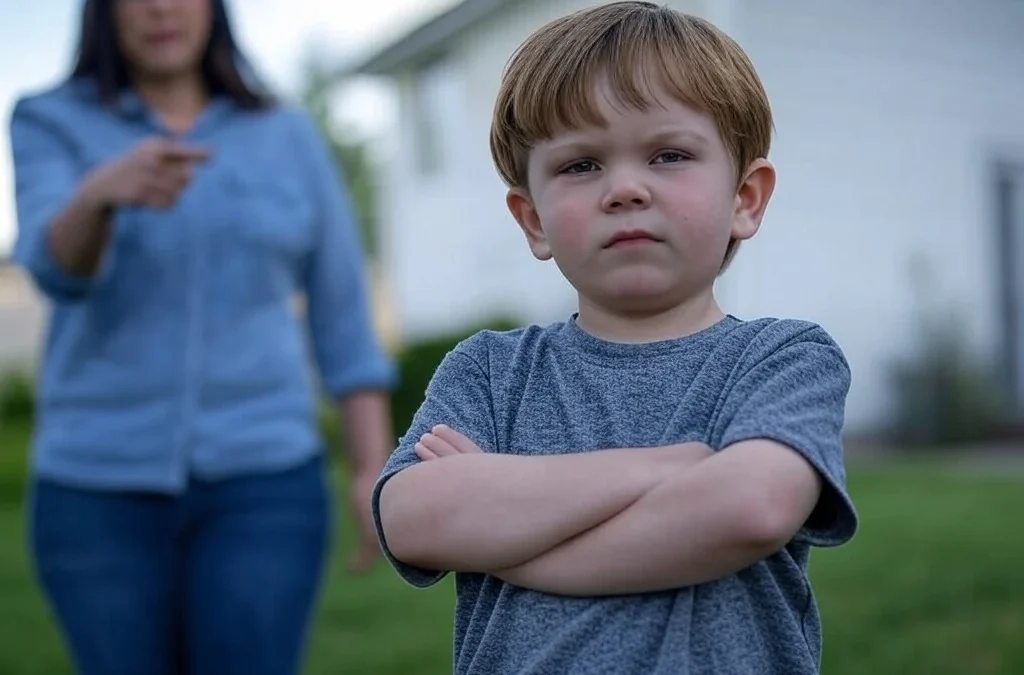
30 Defiance Examples & Meaning
Defiance is something most people experience at some point in life. You feel it when you say no to something that...
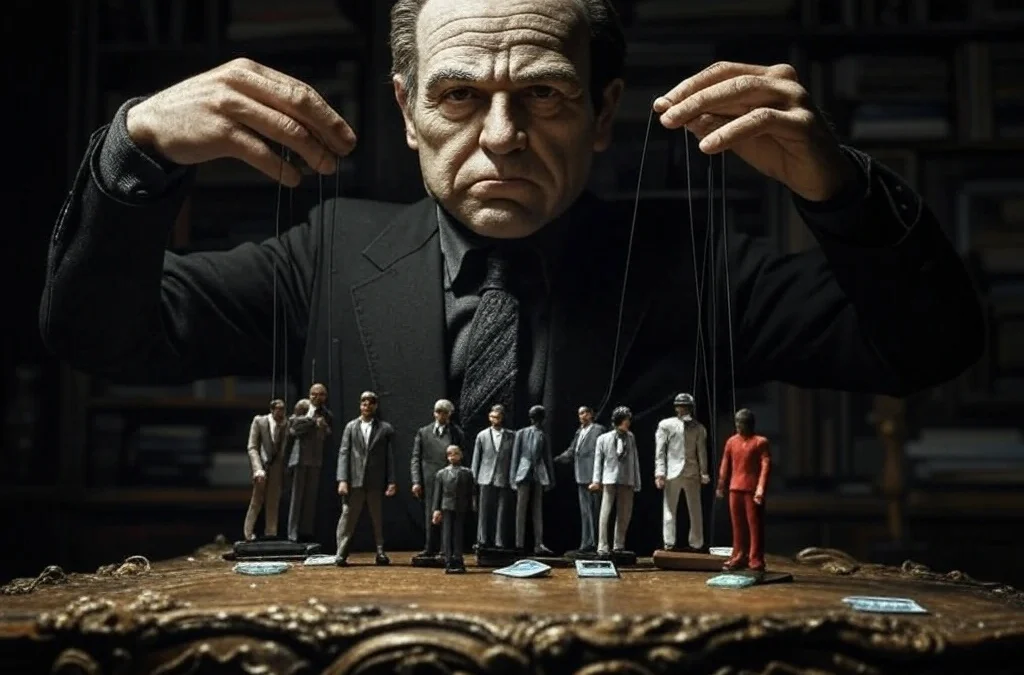
30 Cynicism Examples in Everyday Life & Definition
Cynicism is something most people have seen, heard, or even felt - but few stop to really think about what it means....

30 Ethical Dilemma Examples & Definition
Ethical dilemmas are not just topics for classrooms or philosophers. They happen to regular people every day - in...
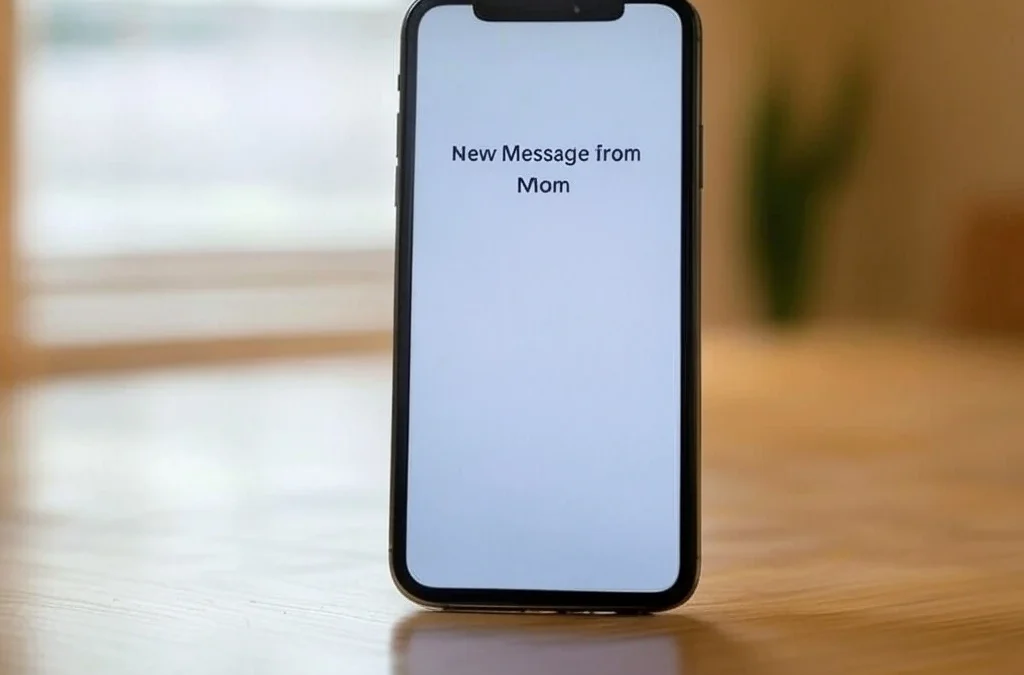
100 Social Interaction Examples
In our increasingly digital world, the art of face-to-face social interaction remains essential for personal growth,...

100 Open-Ended Questions: Examples & Meaning
Open-ended questions are questions that invite explanation, opinion, or personal stories. Unlike yes-or-no questions,...
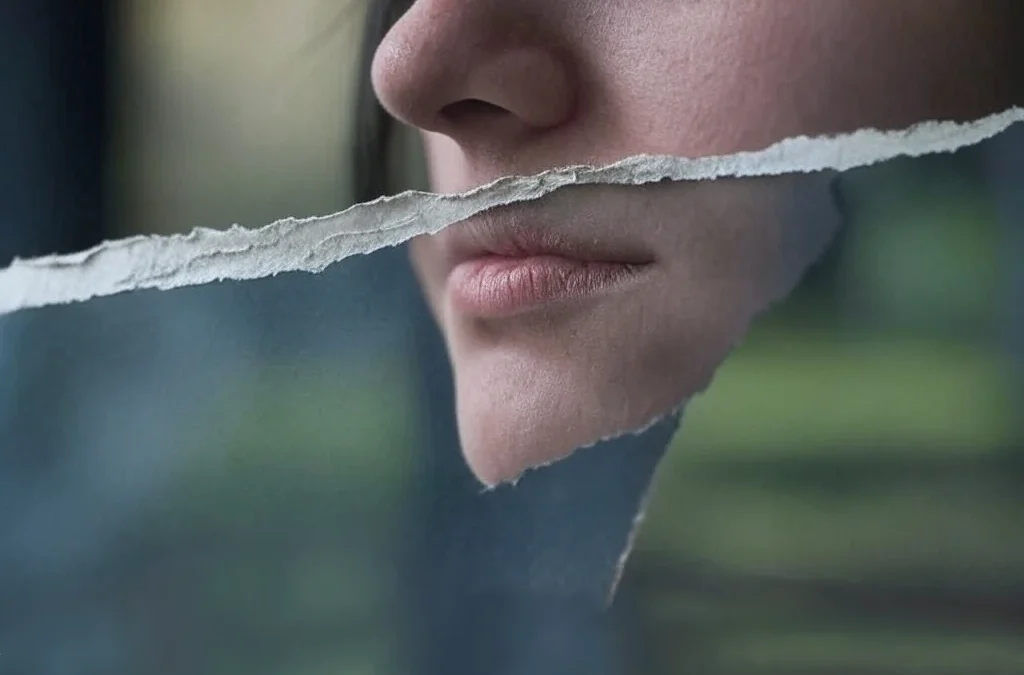
30 Regret Examples & What It Means
Regret is a common human emotion that almost everyone experiences at some point in their lives. It shapes our...
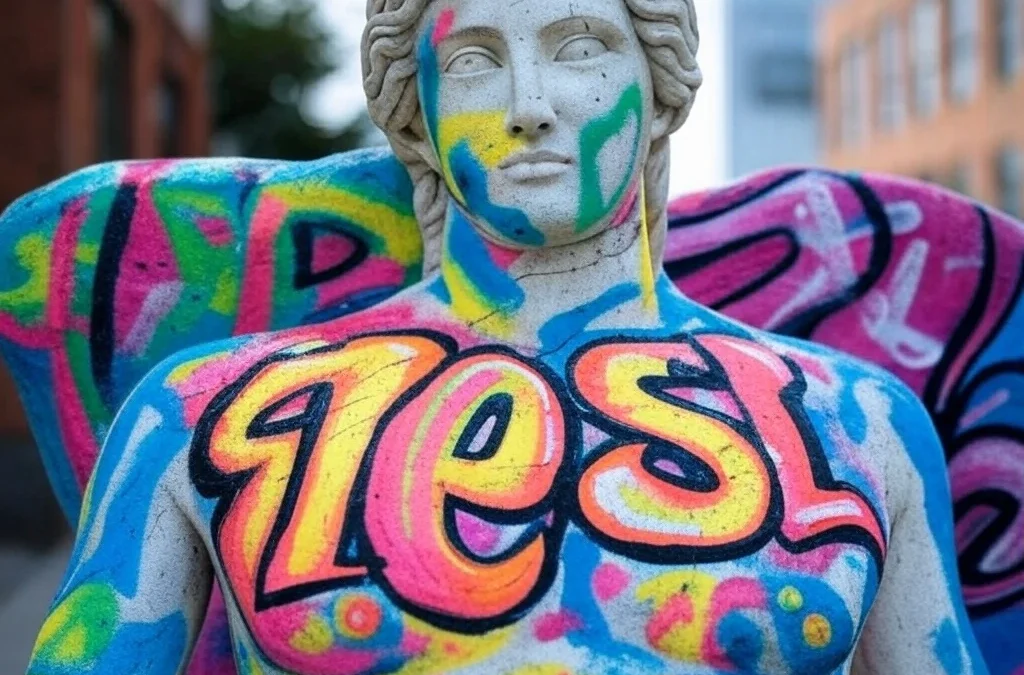
30 Transgression Examples & Definition
We all know what it feels like when someone “crosses the line.” Maybe they say something they shouldn't. Maybe they...
Get Inspired with BitGlint
The Latest
Hermaphroditus (Greek Mythology)
In Greek mythology, Hermaphroditus was born as the son of Hermes, the messenger god, and Aphrodite, the goddess of love and beauty. His name combines those of his parents—Hermes and Aphrodite. As the child of two Olympian deities, Hermaphroditus was extraordinarily...

30 Obedience Examples & What It Really Means
Obedience is a part of everyday life, whether we notice it or not. From following traffic laws to listening to a parent or teacher, we all experience it in one way or another. But what does obedience really mean? Why do people obey — and when should they? In this...
50 Things That Are Smart
We all know someone who seems naturally clever. Maybe they pick up new skills quickly or always have the right answer. Being smart isn't just about book smarts or having a high IQ. It shows up in many forms - from problem-solving and adapting to new situations to...
Top 30 Rituals Examples From Around The World
Rituals are an integral part of cultural expression, connecting people to their traditions, beliefs, and each other. Our world is incredibly diverse, and so are the rituals practiced within it. These rituals examples, ranging from solemn religious ceremonies to joyous...

